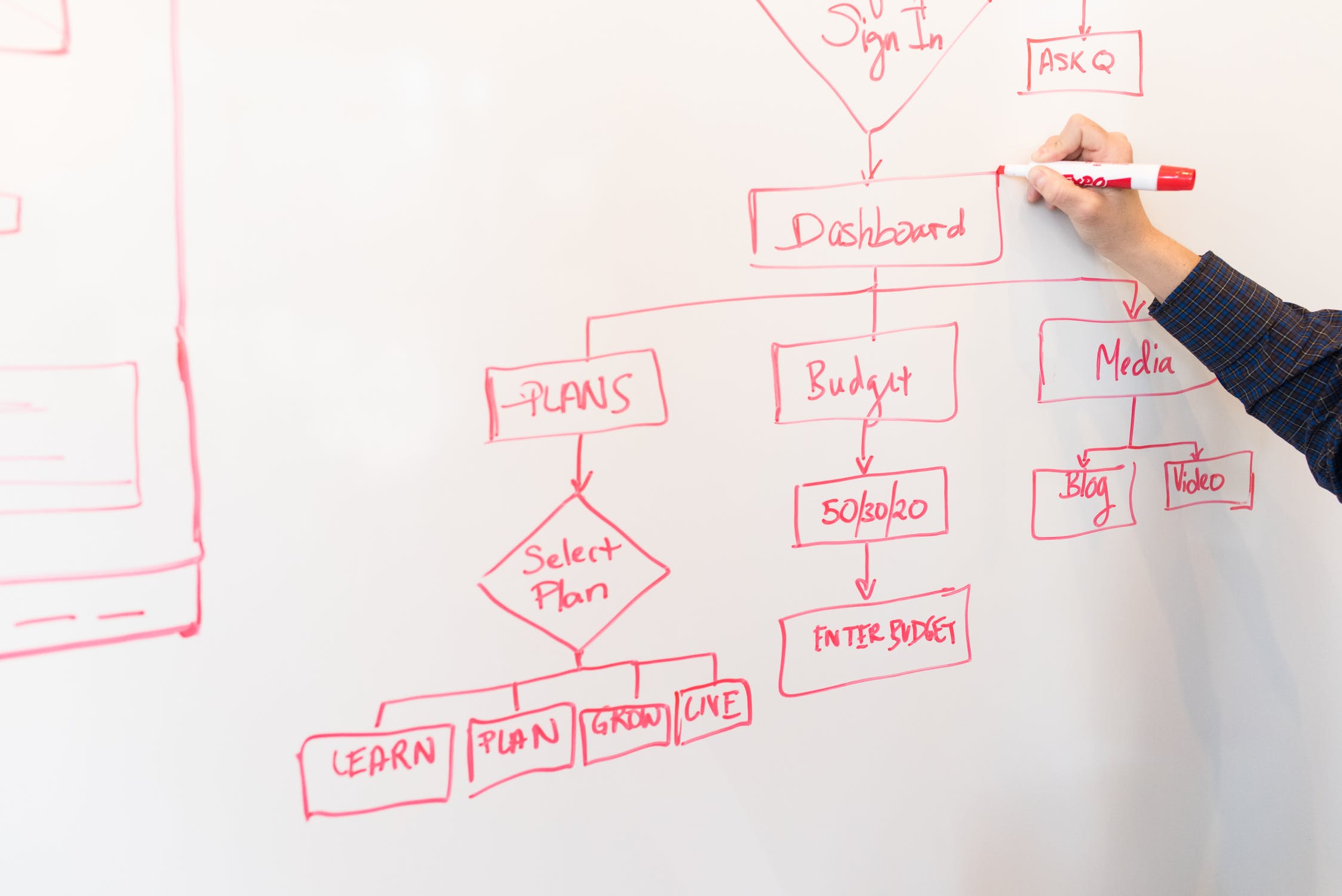
Building a mobile application is a complex process, and mistake can be costly in time and money. To make sure that your mobile app projects are a success, here are a few tips that will be helpful.
1. Plan Ahead
When building anything complex, you should never start without a plan. Building a mobile app is no exception. To plan ahead for an app, you’ll have to do extensive thinking to make sure you are not forgetting any important functionalities. Some of the steps you should follow include:
- Brainstorming: get together with your team and go wild while looking for ideas. Once you feel like you went through all important ideas, organize the results of your brainstorming sessions by structuring the features you keep and eliminating useless ones.
- Do your research: chances are that you are not the first one to have had the idea for the app you are about to create. Search for apps that serve a similar purpose, or at least that target similar audiences if your idea is truly unique. Try to understand what makes the app successful (or not) and look at the way they are doing business (promotion, app development cost,…).
- Create a comprehensive final list of functional and technical specifications: a crucial step to ensure you will not have too many surprises along the way while developing the app.
- Create an app flowchart: maybe the most important step of all. The app flowchart will give you the opportunity to identify the most important “nodes” in your app, as well as the relationship between various functionalities.
- List your technical challenges: if you practice the “Getting Things Done” methodology by David Allen, you already know that listing your technical challenges will actually help you solve it by already putting it in your mind, as well as eliminating the surprise effect.

2. Build a Wireframe
As counter-intuitive as it may sound on a design blog, a design-free environment will allow you to create better designed apps. In fact, working on a wireframe will force you to focus on the functional parts of your app design, and prevent you from “prettifying” things to hide your apps flaws.
To make your wireframes more efficient, start by sketching it on paper to get your ideas flowing and work quicker. Try to go for as many ideas as possible.
Use a grid in your wireframes already, grids will make your layout work easier and more stable. Also, try to insert the real content early-on in the process. Dummy content actually doesn’t add any value to the app creation process.
If possible, I would also suggest to try to go colorless. It may be harder, but this type of constrain forces you to be even more sure of the way you lay out the functionalities. When working with a team, you should also annotate your wireframes to better communicate with others.
3. Go for a Quick MVP
Once your mobile app’s preliminary work has been done thoroughly, you should try to go for a quick MVP for your mobile app.
There are several reasons for trying to release quickly and often. First, it can give you a competitive edge on other mobile apps similar to yours. It also gives you the opportunity to quickly understand what your users like or not by observing their behavior and collecting their feedback. At last but not least, it will help you avoid heavy development costs on features that you would have abandoned anyway.
Obviously, this advice doesn’t mean that you should release unfinished work. Releasing with less features should never equate with buggy software.
4. Test, Test, Test, and Test Some More
It is important to understand that there is a major difference between what you think that your users are going to do, and how they effectively behave.
For that reason, testing is a crucial part of app development. Organize user testing sessions where you ask them to perform some tasks and observe their behavior. All data and feedbacks should be collected for analysis and later use.
5. Revise and Maintain
Of course, testing is not useful if it’s not followed by revisions on the app. You need to take your user testing into account and make changes accordingly.
On the longer term, it is important to keep your mobile app updated and regularly fix bugs and add new features. Through the download platforms, you will get regular feeback and comments from your users, you should show them that you care and use their experience to make your software better.

